Both the Government and Opposition in Nepal are like uneasy bed fellows in view of the democrats and communists tying a coalition knot. In the Government, the Nepali Congress(NC) has formed coalition with the Communist parties like Maoist Central(MC), United Socialists(US), Rastriya Jana Morcha and several other political parties of differing political hue.
Likewise, in the opposition, the United Marxists and Leninists(UML) has shaken hand with the Rightists, the Rastriya Prajatantra Party(RPP). A strange scene like that of the yoking of bull and buffalo is seen in the political farm today in Nepal. Whilst the bull is the vehicle of all mighty divine Mahadev one of the Hindu trinity, the other two being Brahma and Vishnu, buffalo is known as the vehicle of the demon in Nepali religion. One can just imagine how difficult will it be for the divine and the demon to pull together if the aforementioned fact is true.
In the past, the opposition party would outright label the coalition as unholy alliance. Surprisingly, such an utterance has not been heard from any of the opposing coalitions. Perhaps, both are unholy and hence the silence. The other option that both can be holy does not exist because the formation of the coalition is based on heterogeneous foundation instead of a homogenous one.
This is not only the case in our part of the world. In the west, in Scandanavian country Norway also this pattern has been discernible.
In neighboring India, coalitions of parties of similar ideology were routine till the year 1989 when the politics took an unbelievable turn with VP Singh forming a coalition with the left front consisting of Communist Party of India and Communist Party of India(Marxists).
This is not only the case in our part of the world. In the west, in Scandanavian country Norway also this pattern has been discernible. In the year 2005, Norwegian Center Party had the option of joining the rightist parties such as the Christian Democratic Party and the Conservative Party or the leftist parties such as Norwegian Labor Party and Socialist Left Party. It entered into the fold of the leftist parties as it thought that its goals were more attainable with the left alliance.
After almost three and half decades, political events in Britain necessitated the formation of coalition as no party got the majority as in the past. Two options were available, either of the coalition between conservatives and the liberal parties or between the labor and the liberal parties which were considered to be closer to each other. But Liberals fell for the Conservatives.
A study of the aforementioned cases in Norway, Germany and Britain has been found that the actors of such unbecoming coalitions loose votes in the forthcoming election if they team up with parties with ideological remoteness.
In Germany however the case was different. The Federal Democratic Party preferred to be with the Christian Democratic Party than to align with the left parties consisting of Socialist Democratic Party and the Left.
A study of the aforementioned cases in Norway, Germany and Britain has been found that the actors of such unbecoming coalitions loose votes in the forthcoming election if they team up with parties with ideological remoteness. The votes however do not react that strongly if the coalition partners have ideological proximity despite being different. Is this phenomenon observed in the aftermath of the election participated by such ideologically opposed coalitions taking the office in Nepal? Does this theory hold good for Nepali political scene?
Let us begin from the first coalition of ideologically dissimilar parties in Nepal. The coalition of the UML and RPP led by Lokendra Bahadur Chand of RPP in 1997 led to the loss of votes for both of these parties. In 1999 election, RPP lost 9 Member in the Parliament, the UML could not beat NC in this election. NC also entered into such coalition with RPP but it was not affected that badly as NC and RPP are considered as nearer than are the RPP and UML in ideological space. This is the reason why the NC got the majority in this election. Though the break-up of UML coupled by the projection of charismatic and spotless personality Krishna Prasad Bbattarai as the Prime Minister was also responsible for this state of affairs, the bonhomie of ideologically opposed parties also contributed to it.
Its claim of the protection of the constitution sold like hot cake in the market propelling it to the first rank in the Local Elections. But its parroting of this slogan did not appeal the voters as can be seen in the inability to obtain majority despite having four parties behind it.
The coalition of the NC, MC and UML also displayed such a phenomenon. NC had to be content with 63 seats in the election of the year 2017. Even in the last election, NC lost 8 per cent of votes probably mostly to the emerging Rastriya Swatantra Party after it teamed up with the Communist parties in the coalition. This was glaring in the last election when the coalition of five parties did not even secure the majority because of such ideological mismatch.
The UML also did not receive the majority which it had claimed because of its poll alliance with Kamal Thapa and RPP. Whilst the UML is regarded as the republican party the RPP believes in the restoration of monarchy. It was responsible for the reception of lesser votes in the election. In fact, UML should have swept the polls in view of dismal performance of the five party alliance led by NC. Its claim of the protection of the constitution sold like hot cake in the market propelling it to the first rank in the Local Elections. But its parroting of this slogan did not appeal the voters as can be seen in the inability to obtain majority despite having four parties behind it.
It can thus be seen that people react to the ideological deviations by political parties in the election. This is the reason why a clear polarization of the political parties along ideological lines consisting of the right and left can earn the favor of the public. The leaders of the parties dilute their ideological stand for attaining selfish motives. But the voters are ideologically committed and vote accordingly.
It is thus necessary that the political parties realize this harsh reality and plan accordingly. In fact, the pre-poll coalition has not been liked by the people at large. Like in Europe, post poll coalition should be followed in future in order to appease the voters.
The author is the former Vice-Chancellor of Nepal Academy of Science and Technology (NAST).



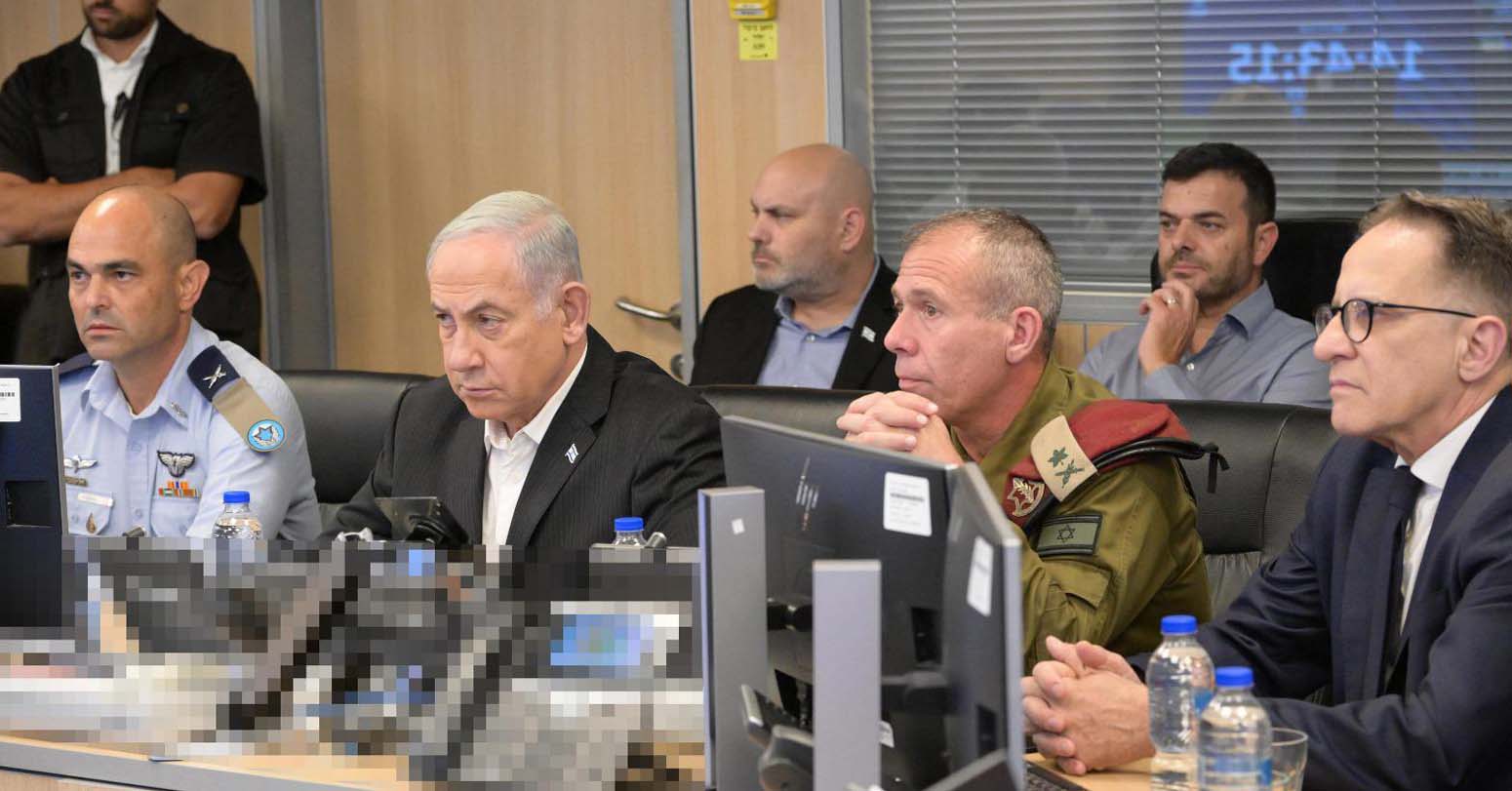


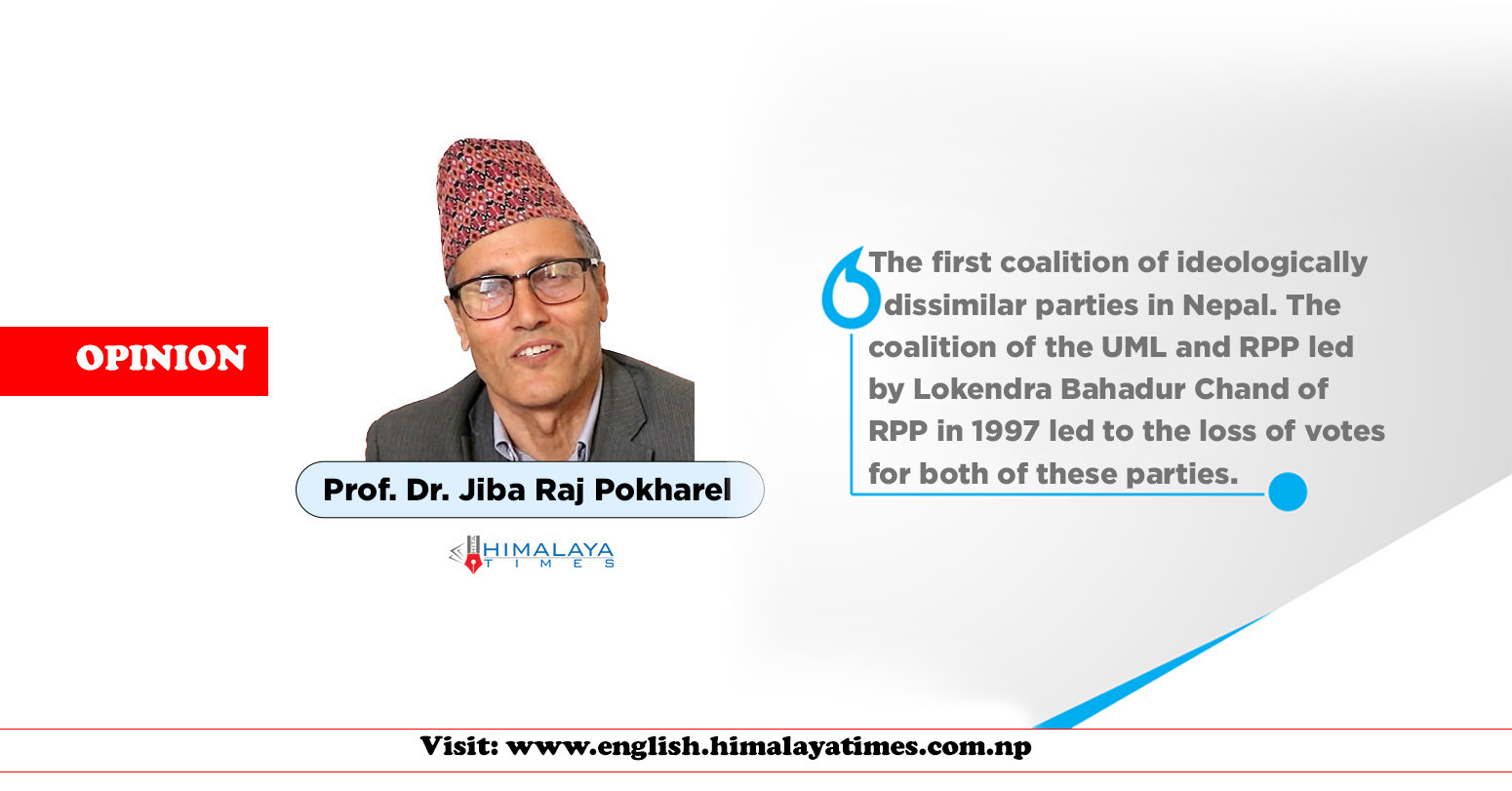
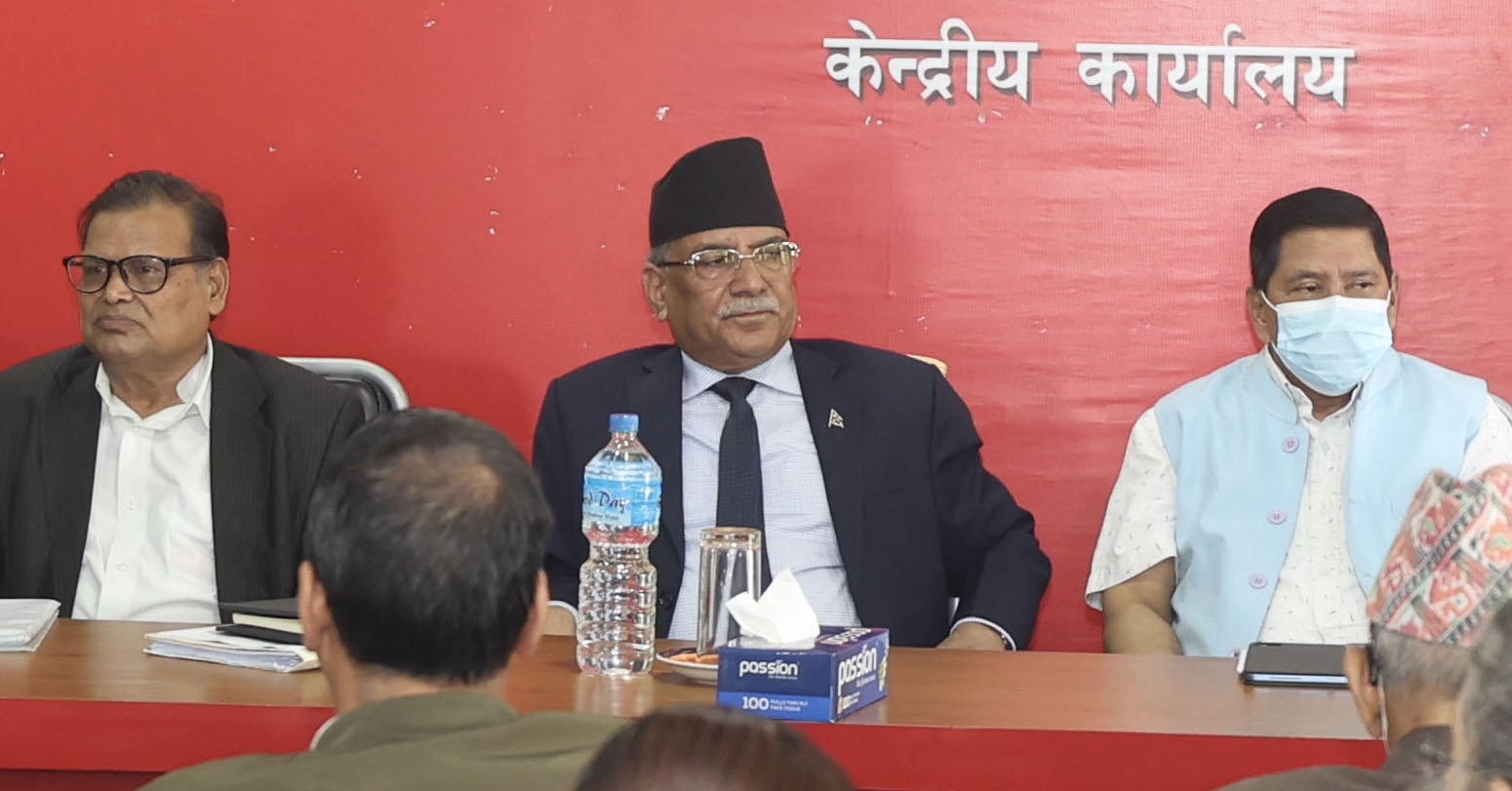
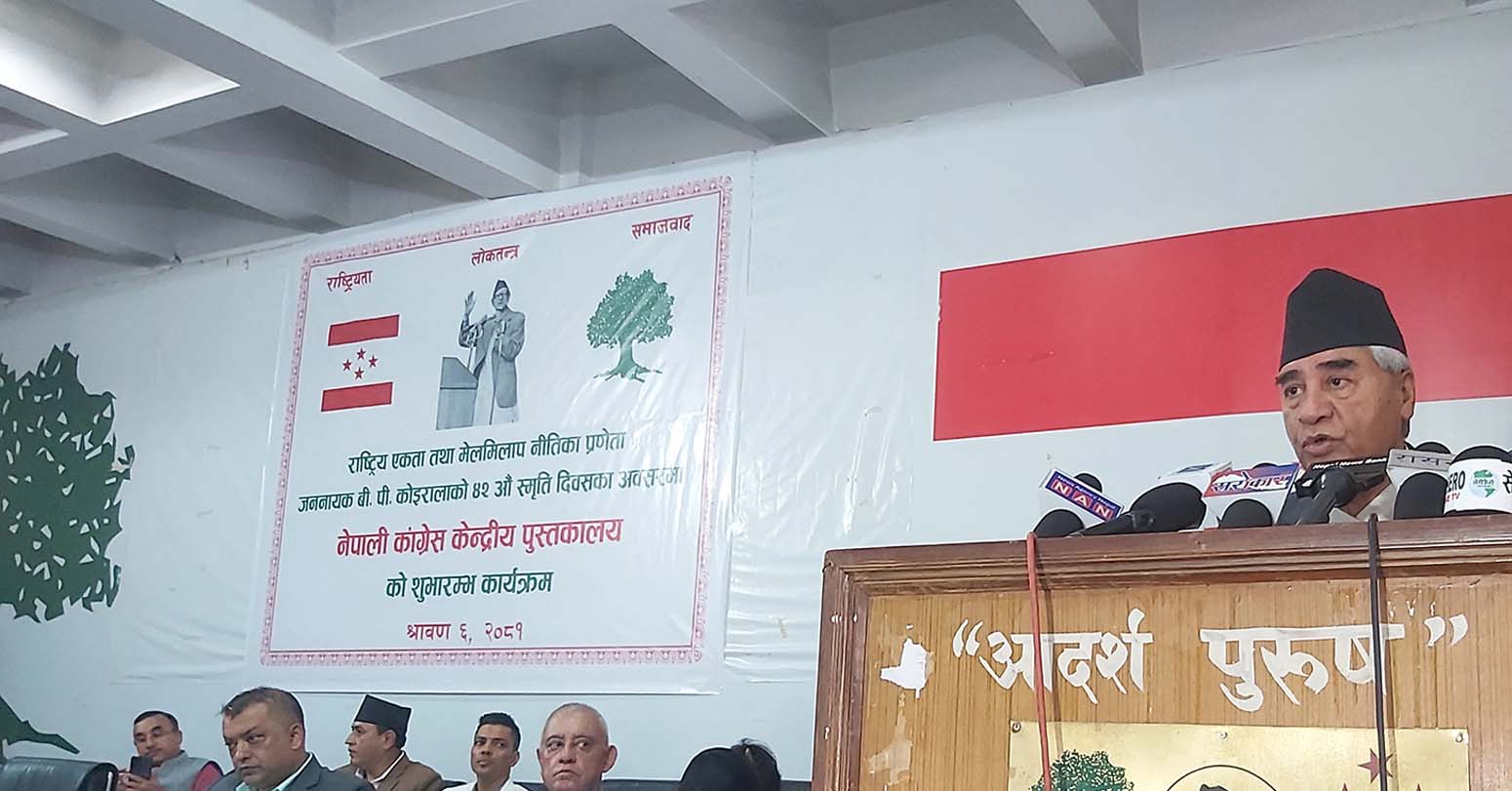
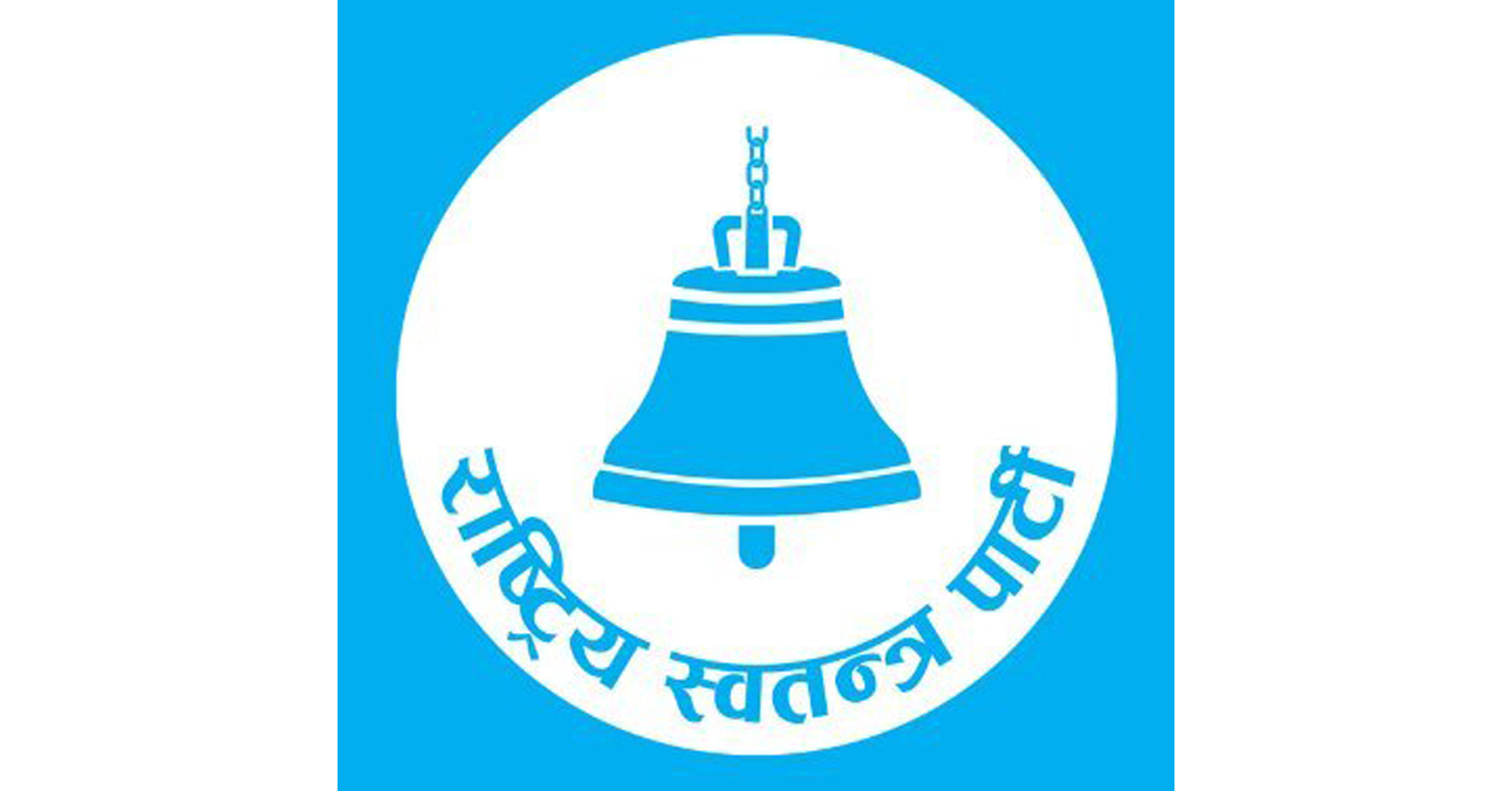
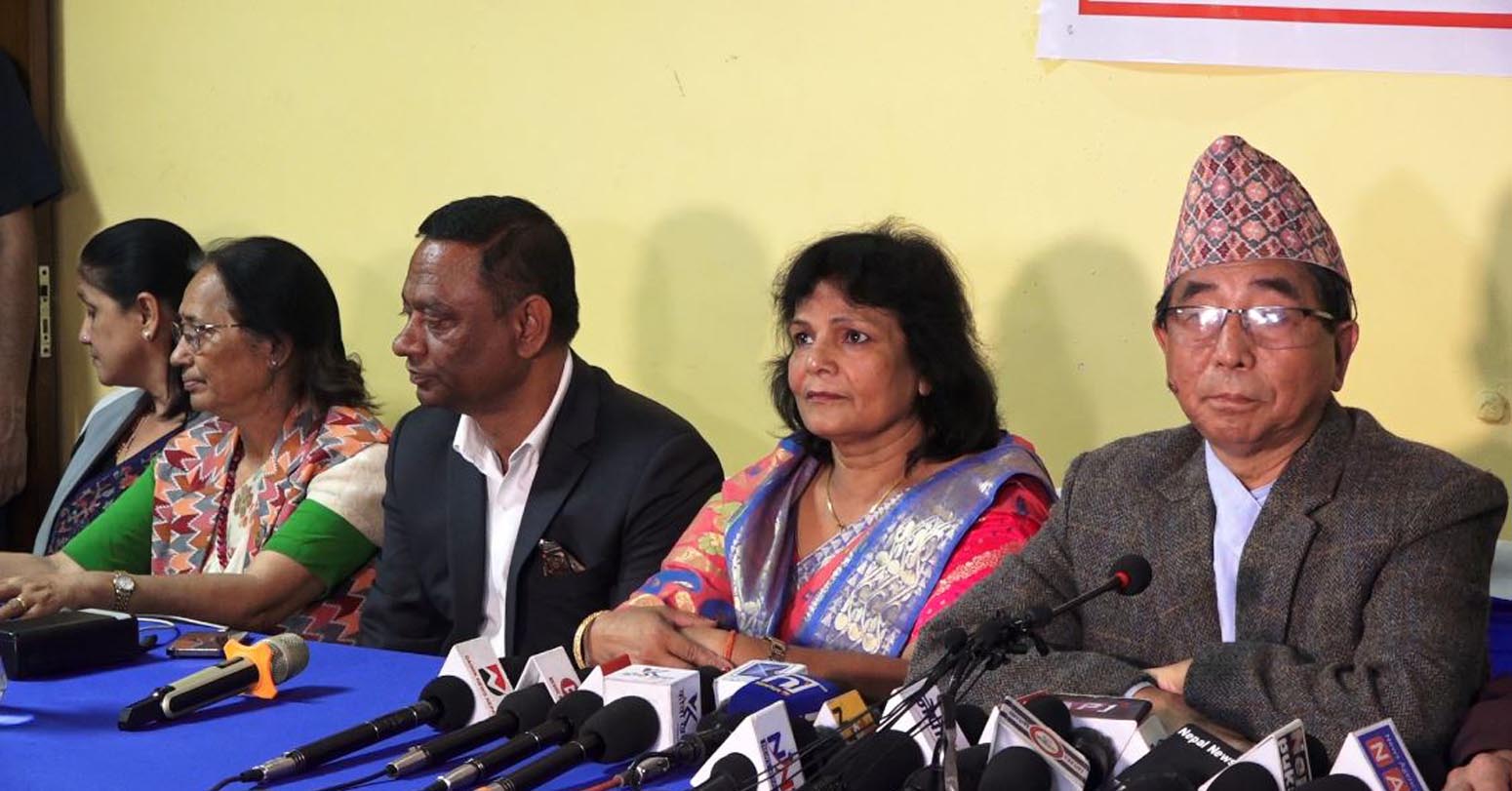
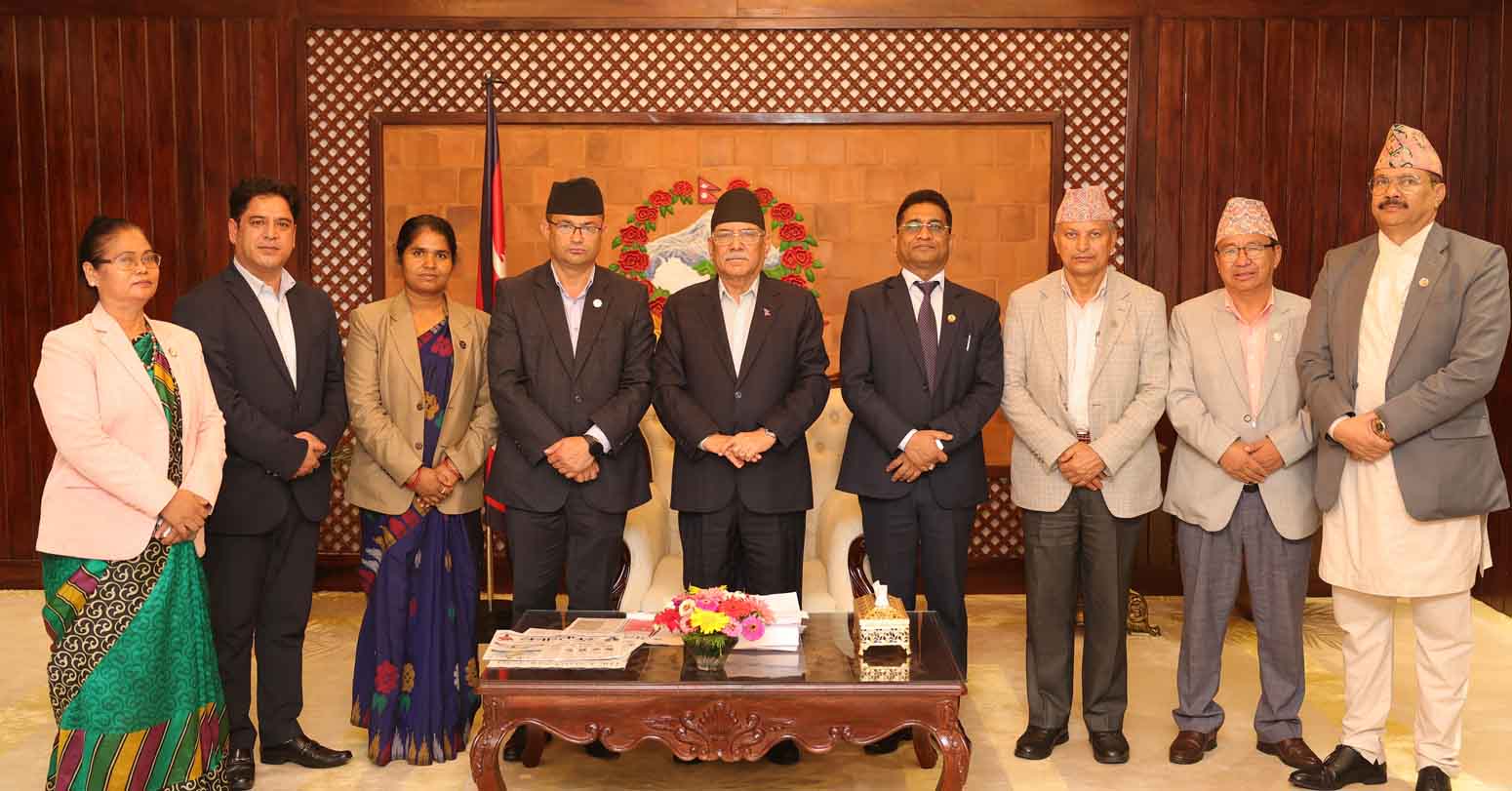
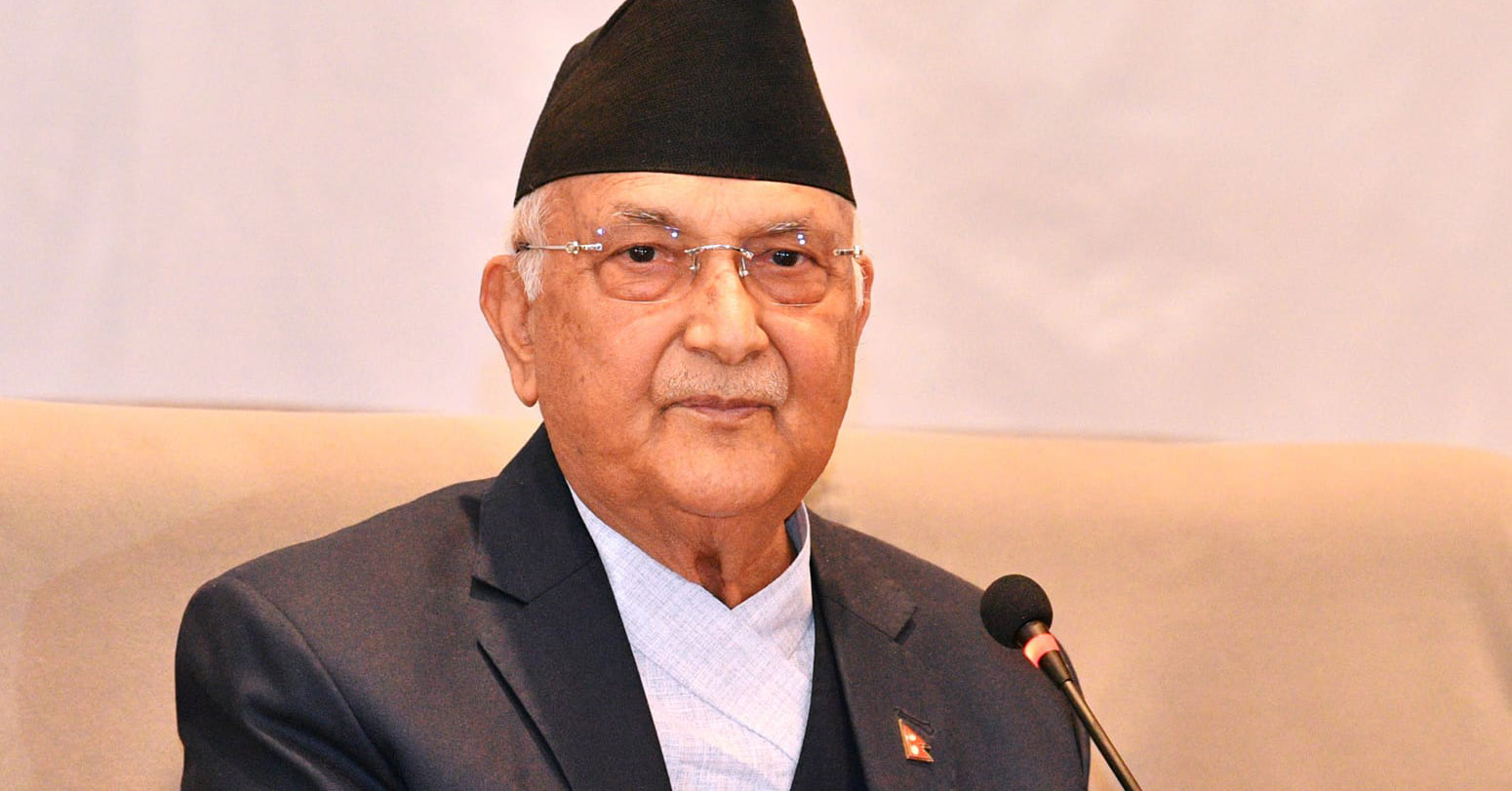
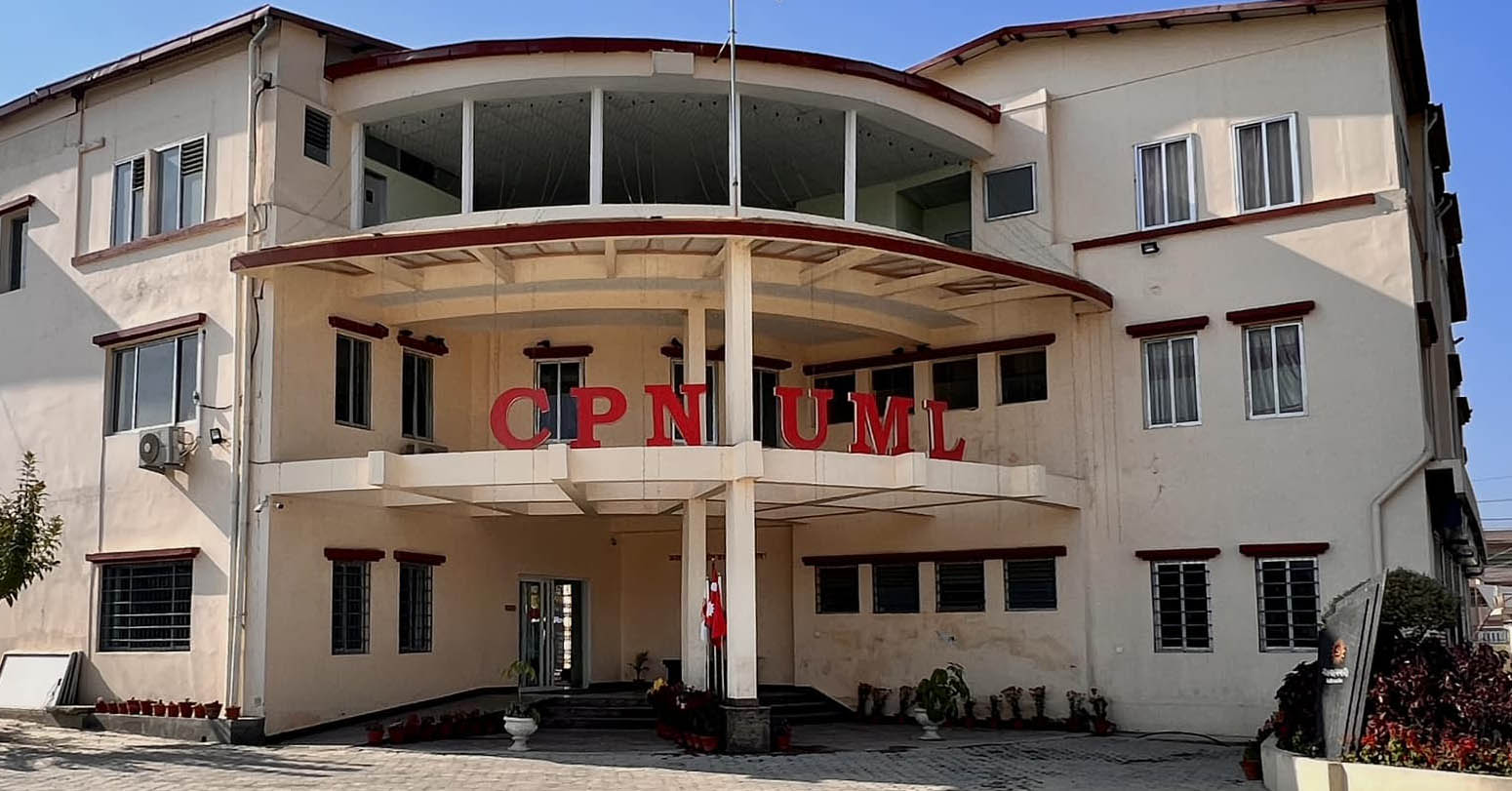
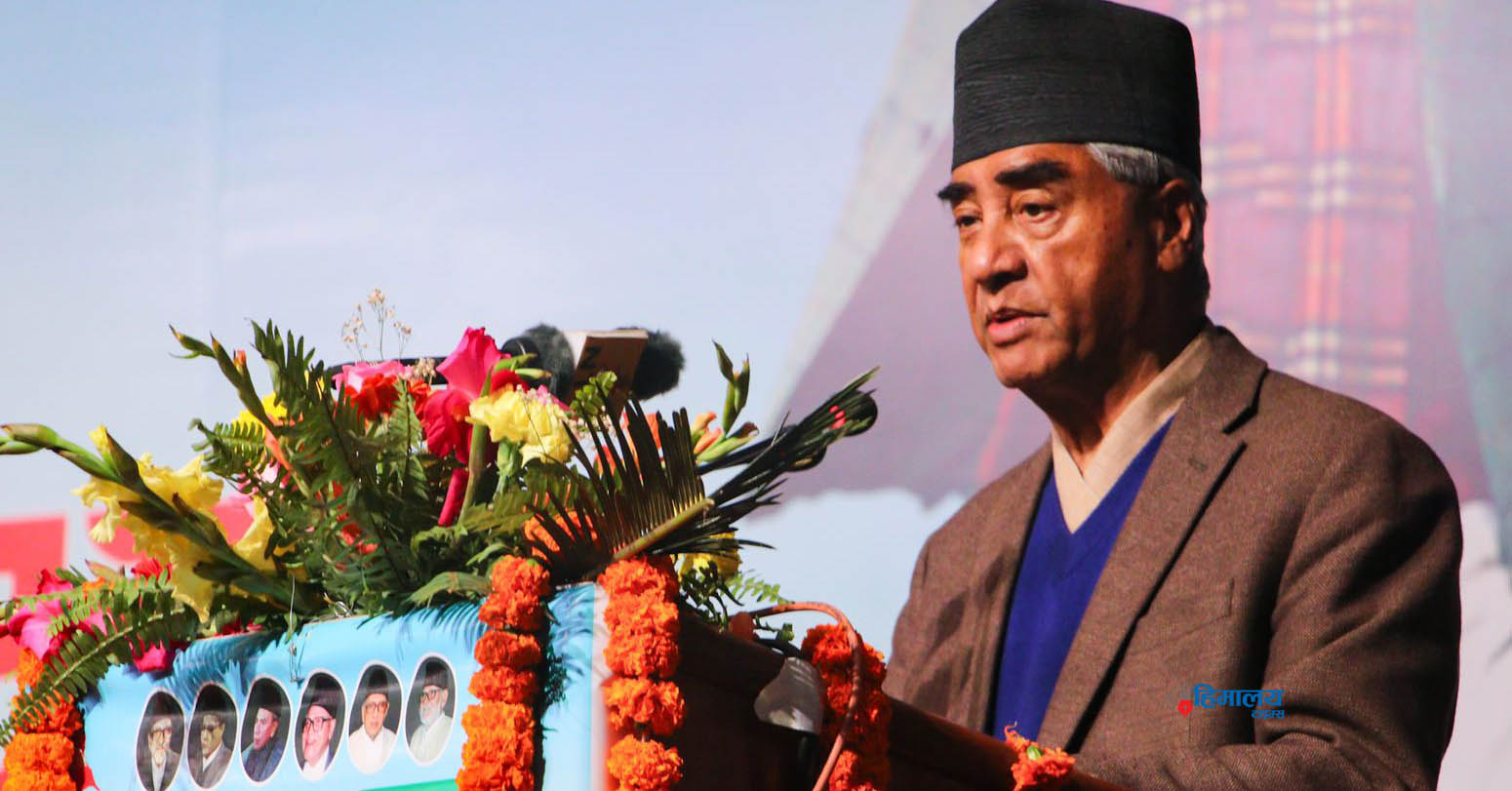
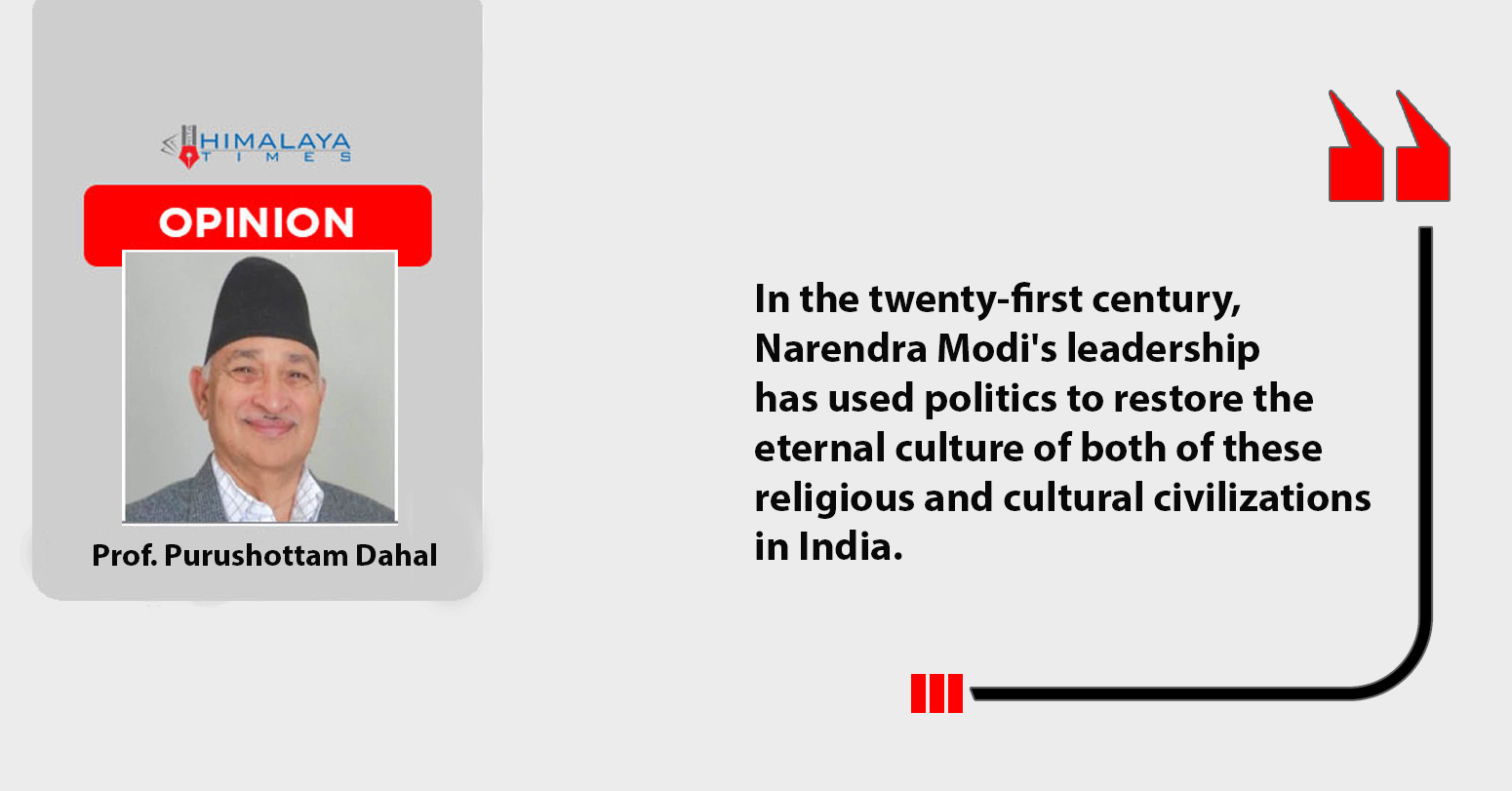
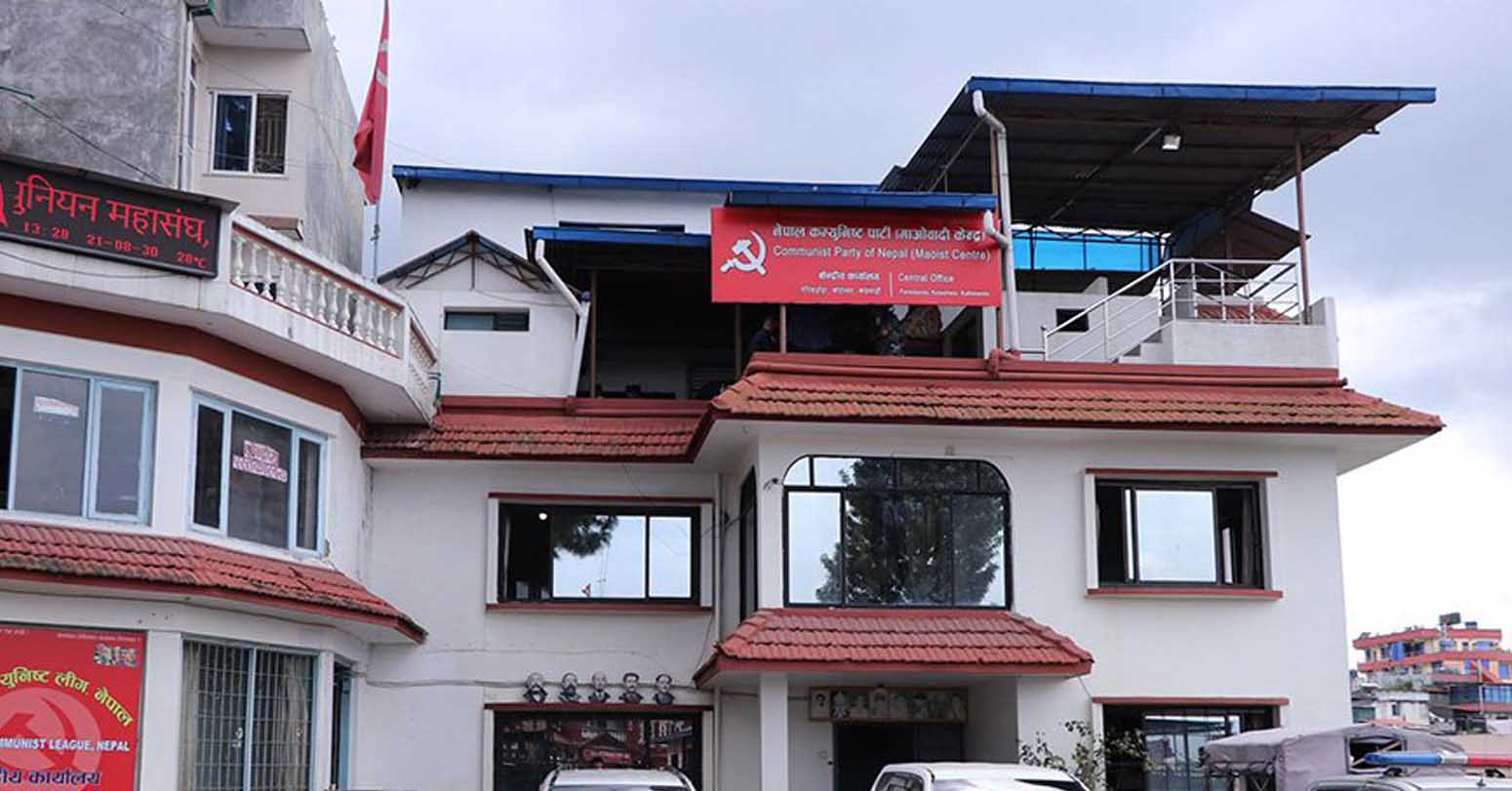
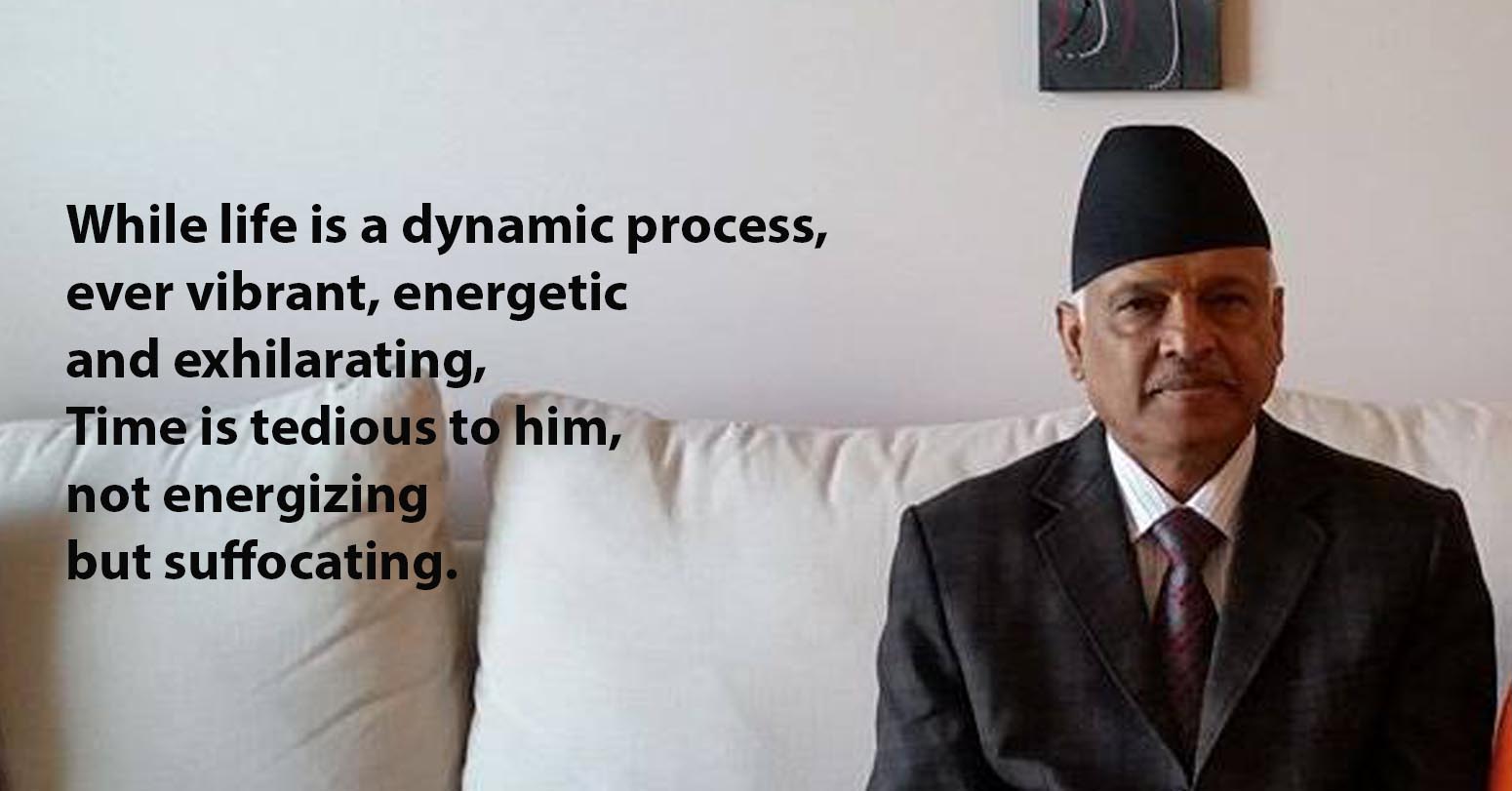

Comprehensive Data Protection Law Critically
Gender Differences In Mental Healthcare
Messi Wins Best FIFA Men’s
Erosion of Democracy
Fly Dubai Catches Fire in
“Complexities of the South Asian